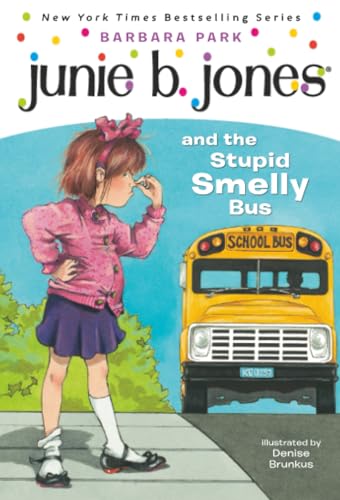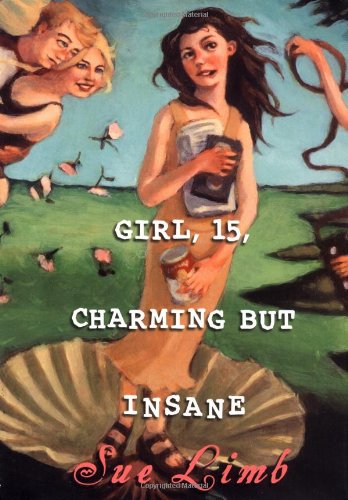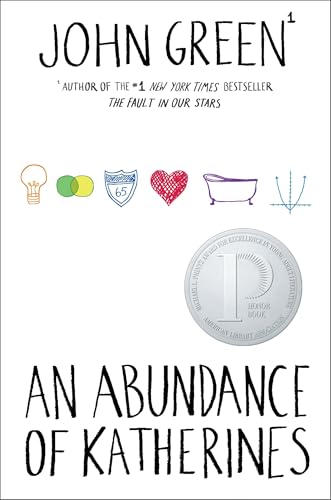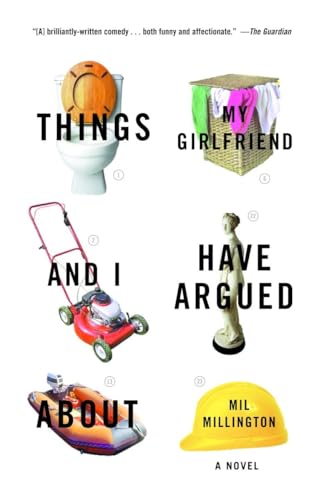I see the author’s point, but also see the flaw in the argument. With segregation, people had ample evidence of the problem — especially as the growing fight opened their eyes. Certainly African Americans were well aware, but for the majority of Americans the issue was flying below their radar. It was The Way Things Were. But as the civil rights issues came front and center, the evidence was around to keep reminding people that it wasn’t The Way Things Should Be.
So while I agree that bringing my canvas bags to the grocery store isn’t going to change the world, it does make me just that much more conscious of the larger issue. I can roll my eyes at the sudden takeover of Go Green shirts at Walmart — probably made in China — but I think that the trend of individual responsibility for the environment helps by making the issue more tangible.
Nowhere do I see more potential for a shift in understanding than with today’s kids. They are hearing the message at school and on TV and in books. I recently came across two titles at my library that I was excited to share with my own kids.
 True Green Kids: 100 Things You Can Do To Save the Planet, by Kim McKay and Jenny Bonnin, features a paragraph for each concept, with a separate action step. The layout is clean and simple, with lots of white space. Produced by National Geographic, the photographs are engaging and some are truly wonderful. Section dividers are bright with an overall thought on the topic. The end of the book includes a resource section with pages of websites on different topics on the environment.
True Green Kids: 100 Things You Can Do To Save the Planet, by Kim McKay and Jenny Bonnin, features a paragraph for each concept, with a separate action step. The layout is clean and simple, with lots of white space. Produced by National Geographic, the photographs are engaging and some are truly wonderful. Section dividers are bright with an overall thought on the topic. The end of the book includes a resource section with pages of websites on different topics on the environment.  101 Ways You Can Help Save the Planet Before You’re 12! by Joanne O’Sullivan, packs in the information on each page, with lots of description, facts, ideas, and photos. The photographs are fine for a nonfiction book, but generally more utilitarian than artistic. The book is not divided into sections, and the websites are incorporated into the relevant pages instead of in a separate resource section.
101 Ways You Can Help Save the Planet Before You’re 12! by Joanne O’Sullivan, packs in the information on each page, with lots of description, facts, ideas, and photos. The photographs are fine for a nonfiction book, but generally more utilitarian than artistic. The book is not divided into sections, and the websites are incorporated into the relevant pages instead of in a separate resource section.Comparing the two, True Green Kids runs younger — with the shorter paragraphs and clean layouts making it easier to share with a child, even one who may not be reading on her own. Personally, I preferred the layout and the photographs, meaning that as an adult, it would be a book I’d be more likely to pull out to read with my daughters. 101 Ways has a more dynamic feel for older kids, and I like having the websites on the pages instead of in a separate section. I wish that they hadn’t used an age in the title, because this book could easily have reached the middle school audience — especially if it included a few teen photos. Both books present good ideas in an accessible way and provide specific things that the reader can do.
Nonfiction Monday round-up is hosted today at Rasco from RIF.
Links to material on Amazon.com contained within this post may be affiliate links for the Amazon Associates program, for which this site may receive a referral fee.
























1 comment:
These look great. Thanks for the post. Will have to look into these for my girls.
Post a Comment